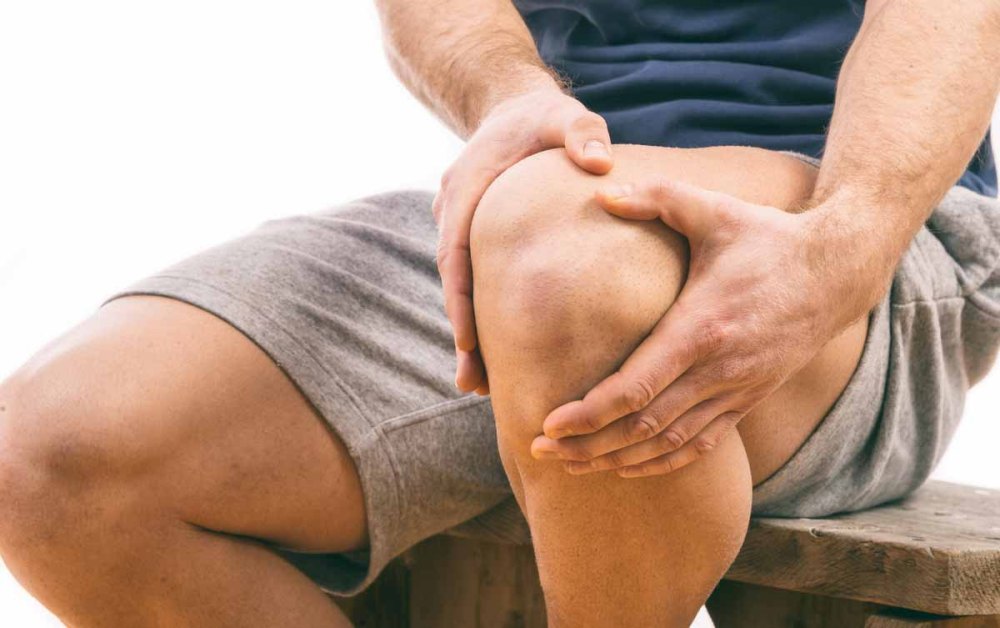Knee pain is a common problem that can affect people of any age and lifestyle, and it can be caused by various factors such as injury, overuse, or underlying medical conditions. To manage knee pain effectively, it’s important to have a good understanding of what causes it, what the symptoms are, and what treatment options are available. With the help of healthcare professionals, people who experience pain can explore a range of treatments, including physical therapy, medication, or, in severe cases, surgery, to relieve discomfort and improve mobility.
Read MoreAnatomy of the Knee
The knee, being a pivotal joint in the body, comprises bones, ligaments, tendons, and cartilage, facilitating essential movements like bending, straightening, and rotation. Damage to any of these components can lead to pain, inflammation, and decreased mobility, necessitating prompt intervention for recovery.
Common Causes of Knee Pain
The pain can arise from diverse sources, including acute injuries like ligament tears, meniscus injuries, or fractures, as well as chronic conditions such as osteoarthritis or tendinitis. Understanding the root cause of pain is crucial for implementing targeted treatment strategies that address the underlying issue effectively.
Symptoms of Knee Pain
Symptoms of knee pain encompass a spectrum of experiences, ranging from localized discomfort, swelling, and stiffness to more severe manifestations like instability and difficulty bearing weight. Identifying the specific symptoms and their severity aids healthcare professionals in devising personalized treatment plans for optimal outcomes.
Diagnosis
Accurate diagnosis of knee pain often necessitates a multifaceted approach, involving thorough medical history assessment, physical examination, and diagnostic imaging modalities like X-rays or MRI scans. Pinpointing the precise source of the pain lays the foundation for tailored treatment interventions tailored to each individual’s needs.
Treatment Options
Treatment modalities for knee pain encompass a wide array of approaches, ranging from conservative measures like rest, ice, and physical therapy to more invasive interventions such as corticosteroid injections or surgical procedures. The choice of treatment depends on factors such as the underlying cause, severity of symptoms, and the individual’s overall health status.
Preventing Knee Pain
Preventive measures play a pivotal role in mitigating the risk of pain and associated complications. Incorporating lifestyle modifications such as maintaining a healthy weight, practicing proper body mechanics, and engaging in regular exercise regimes that strengthen the muscles around the knee can significantly reduce the likelihood of injury and degenerative conditions.
Rehabilitation and Recovery
Effective rehabilitation following knee injury or surgery is paramount for restoring optimal function and mobility. A structured rehabilitation program, overseen by qualified healthcare professionals, focuses on strengthening the muscles, improving flexibility, and gradually reintroducing activities to facilitate a safe and efficient recovery process.
Lifestyle Modifications
Adopting lifestyle modifications tailored to individual needs can significantly alleviate the pain and enhance overall joint health. Implementing ergonomic adjustments, such as using supportive footwear and ergonomic workstations, along with incorporating low-impact exercises into daily routines, fosters joint health and reduces the risk of exacerbating existing conditions.
Seeking Professional Help
Persistent or worsening knee pain warrants prompt medical attention to prevent further complications and optimize outcomes. Consulting with healthcare professionals specialized in orthopedics or sports medicine ensures timely diagnosis and access to appropriate treatment modalities tailored to individual needs and preferences.

FAQs
1. What are the common risk factors for knee pain?
Several factors can increase the risk of developing pain, including age, excess weight, previous injuries, repetitive strain from certain activities, and genetic predisposition to joint problems. Identifying and addressing these risk factors early on can help mitigate the likelihood of developing knee pain.
2. How can I differentiate between different types of knee pain?
Distinguishing between various types of knee pain often requires a comprehensive evaluation by a healthcare professional, incorporating factors such as the location, severity, and onset of pain, along with diagnostic tests to elucidate the underlying cause accurately.
3. Is it normal to experience knee pain during exercise?
While mild discomfort during exercise may be common, persistent or severe knee pain during physical activity should not be overlooked, as it may indicate an underlying issue that requires further evaluation and appropriate management to prevent exacerbation.
4. Can pain be relieved with home remedies alone?
In some cases, mild knee pain may respond to conservative measures such as rest, ice, over-the-counter pain medications, and gentle stretching exercises. However, persistent or severe pain warrants professional evaluation to determine the underlying cause and implement targeted treatment strategies for optimal relief.
5. When should I consider surgery for knee pain?
Surgical intervention for the pain is typically considered when conservative treatments fail to provide adequate relief, and the underlying condition significantly impairs quality of life and functional mobility. Consulting with an orthopedic surgeon can help determine the most appropriate course of action based on individual circumstances and treatment goals.

